After visiting the ancient dwellings outside of Quanzhou our taxi driver drove us back to the city and dropped us off near Luoyang River.
Luoyang Bridge (洛阳桥) is situated at the mouth of Luoyang River. Being the first stone bay bridge in China, it is known as “one of the four ancient bridges of China”. It has a long span of 1200 meters and has 46 stone piers in total.
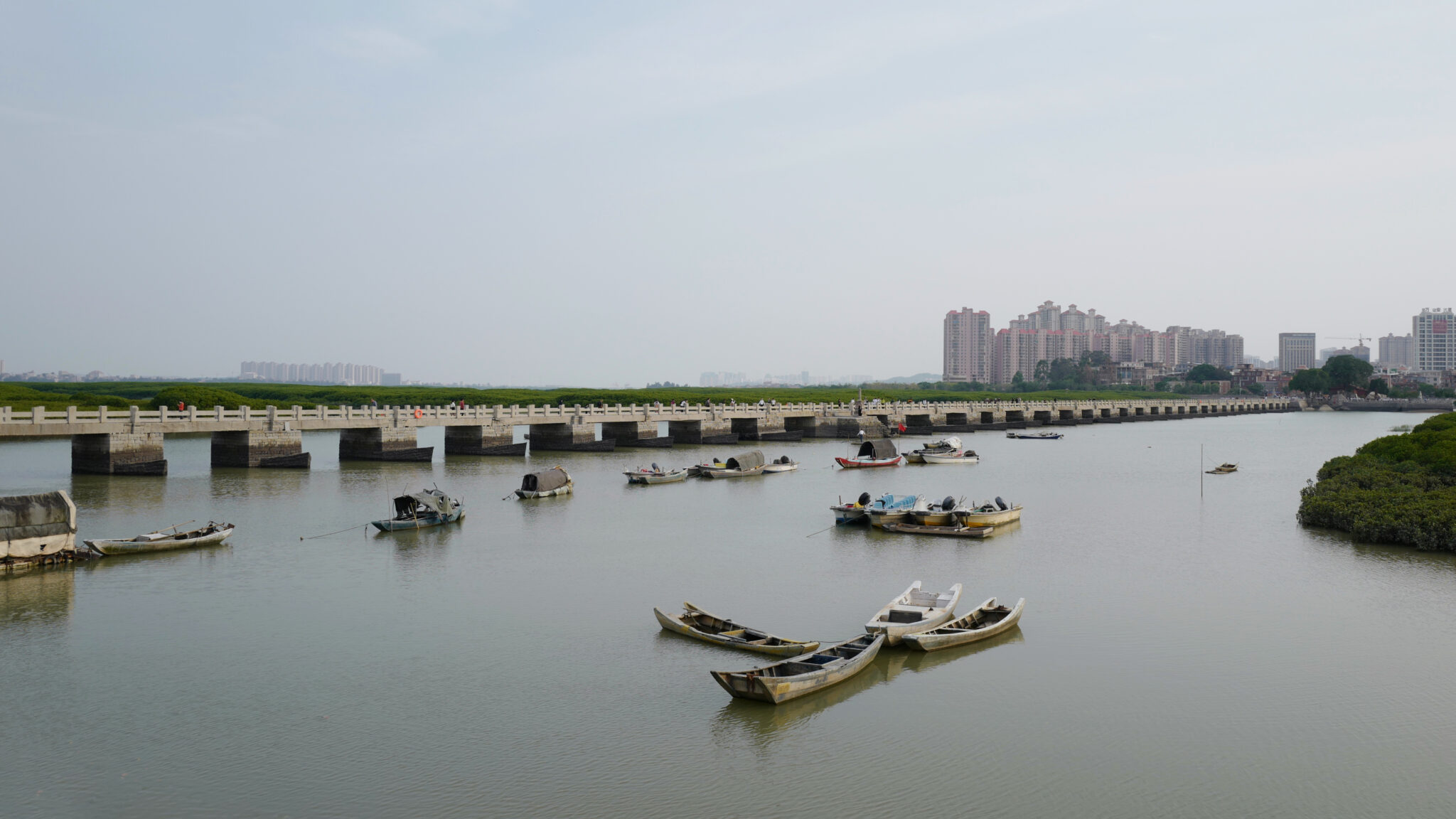
Construction started in 1053 under the supervision of Cai Xiang and was completed in 1059.
To prevent it from getting washed away by the tide, oysters were raised around the raft-shaped foundations in order to help cement them in place – it was the first time anyone had applied bio-engineering for the construction of a cross-channel bridge.

Before the bridge was built, there was a ferry crossing called Wan’an. The ferry was in the estuary, and accidents frequently resulted from harsh winds and high seas.
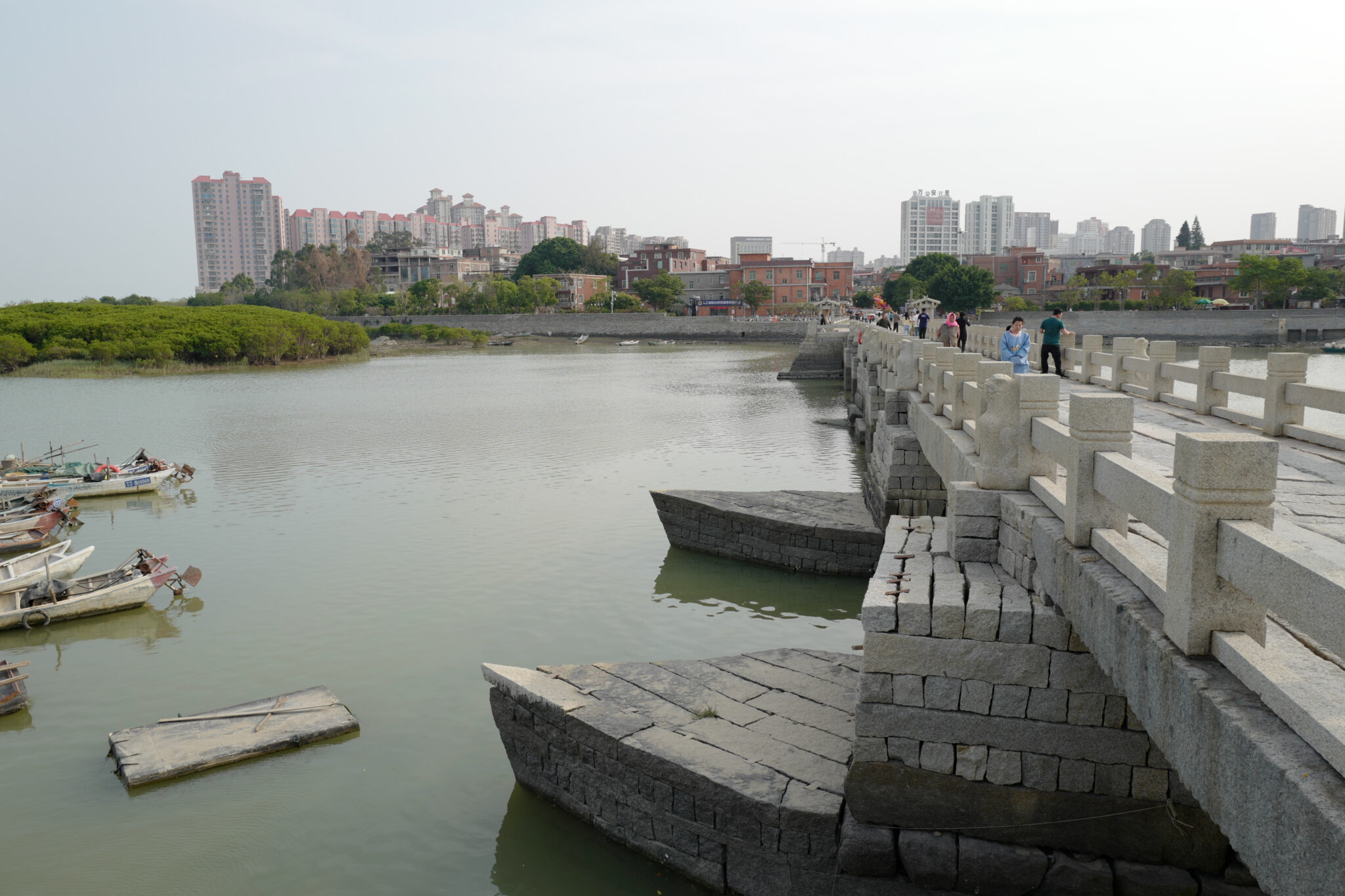
The bridge has been rebuilt undergone repairs multiple times over the centuries and was listed as a UNESCO World Heritage Site in 2021.
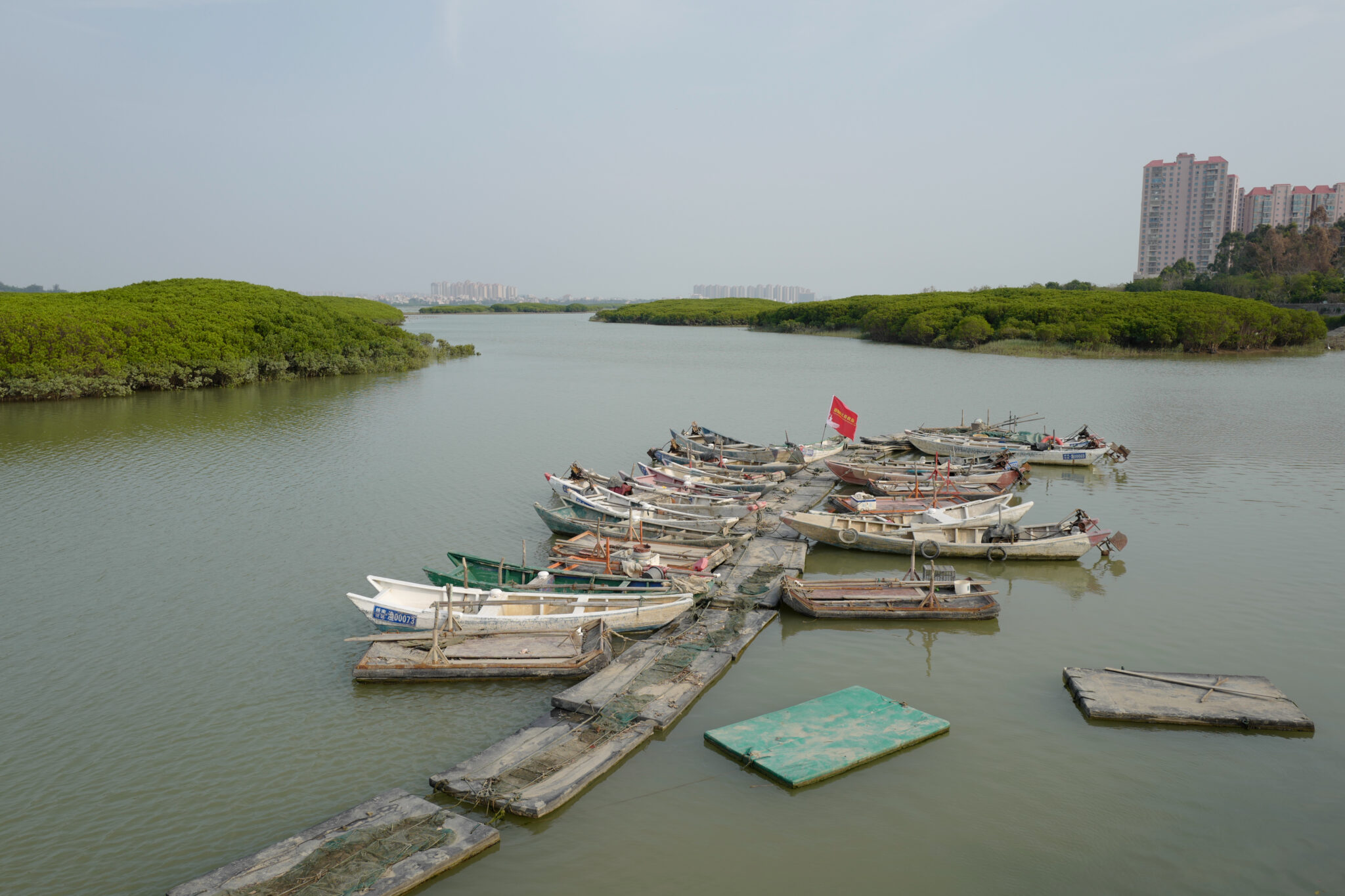
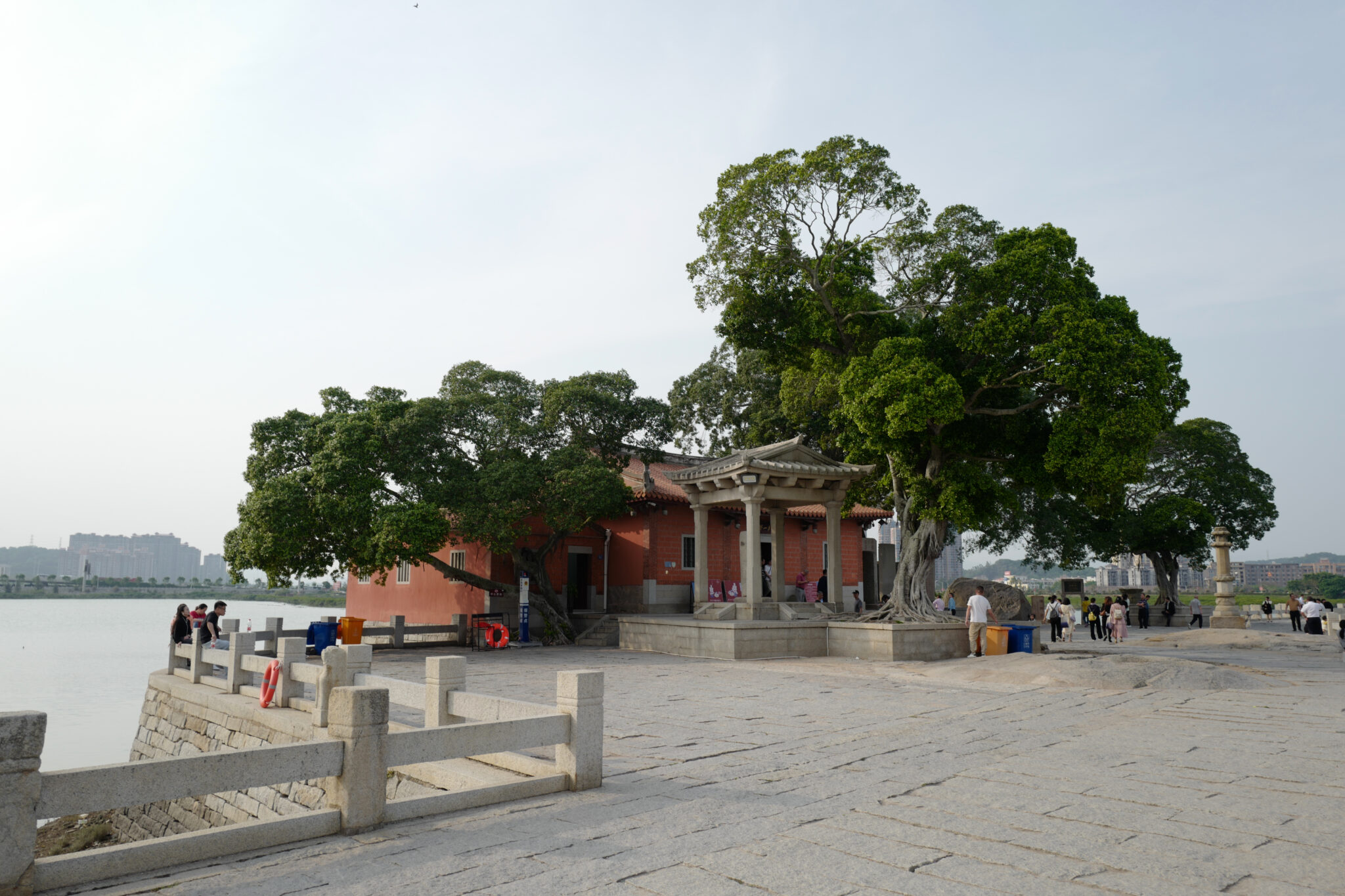
The middle part of the bridge crosses a river island called Zhongzhou. There are two stone pavilions and a pagoda on the island.
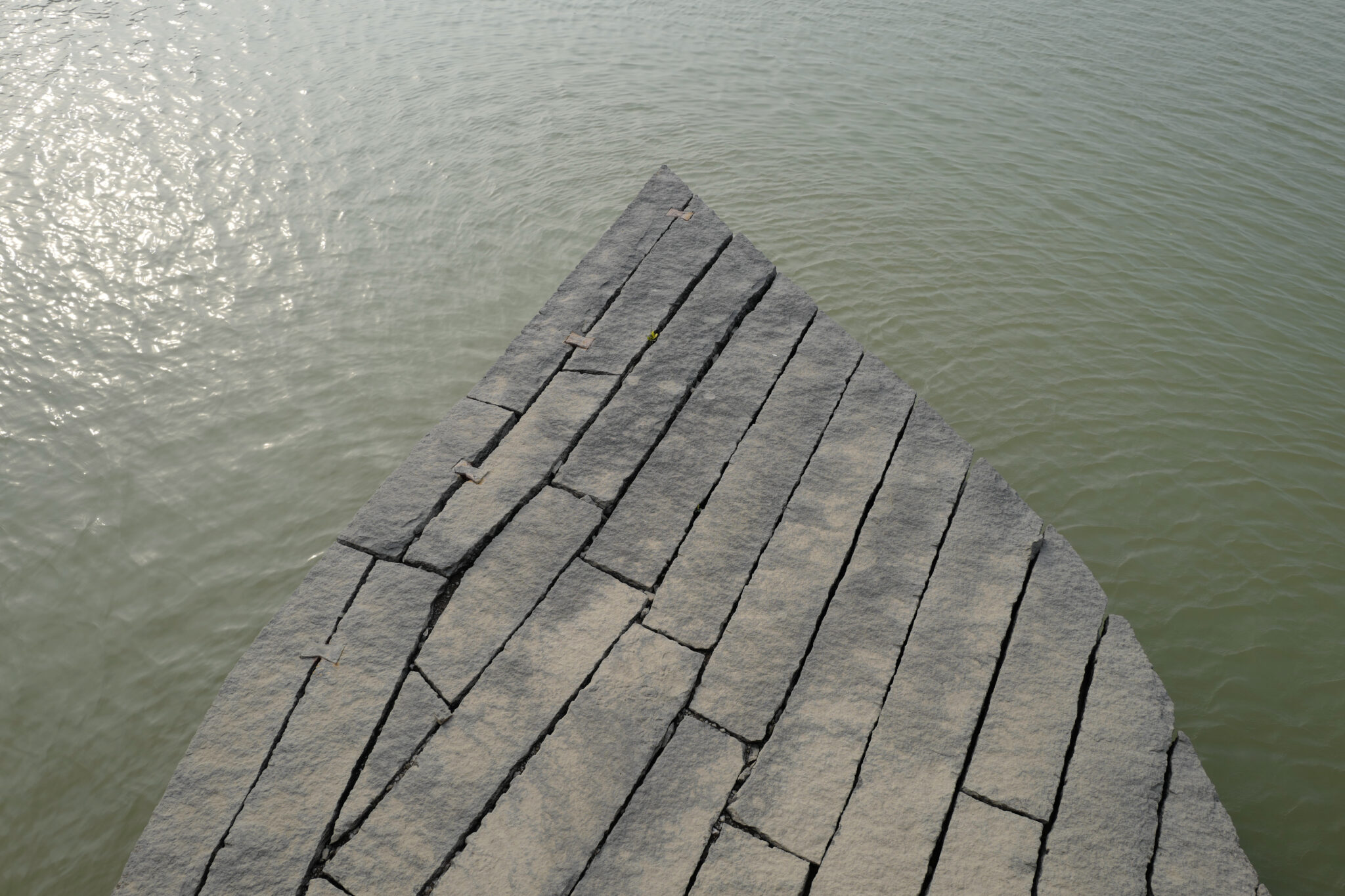
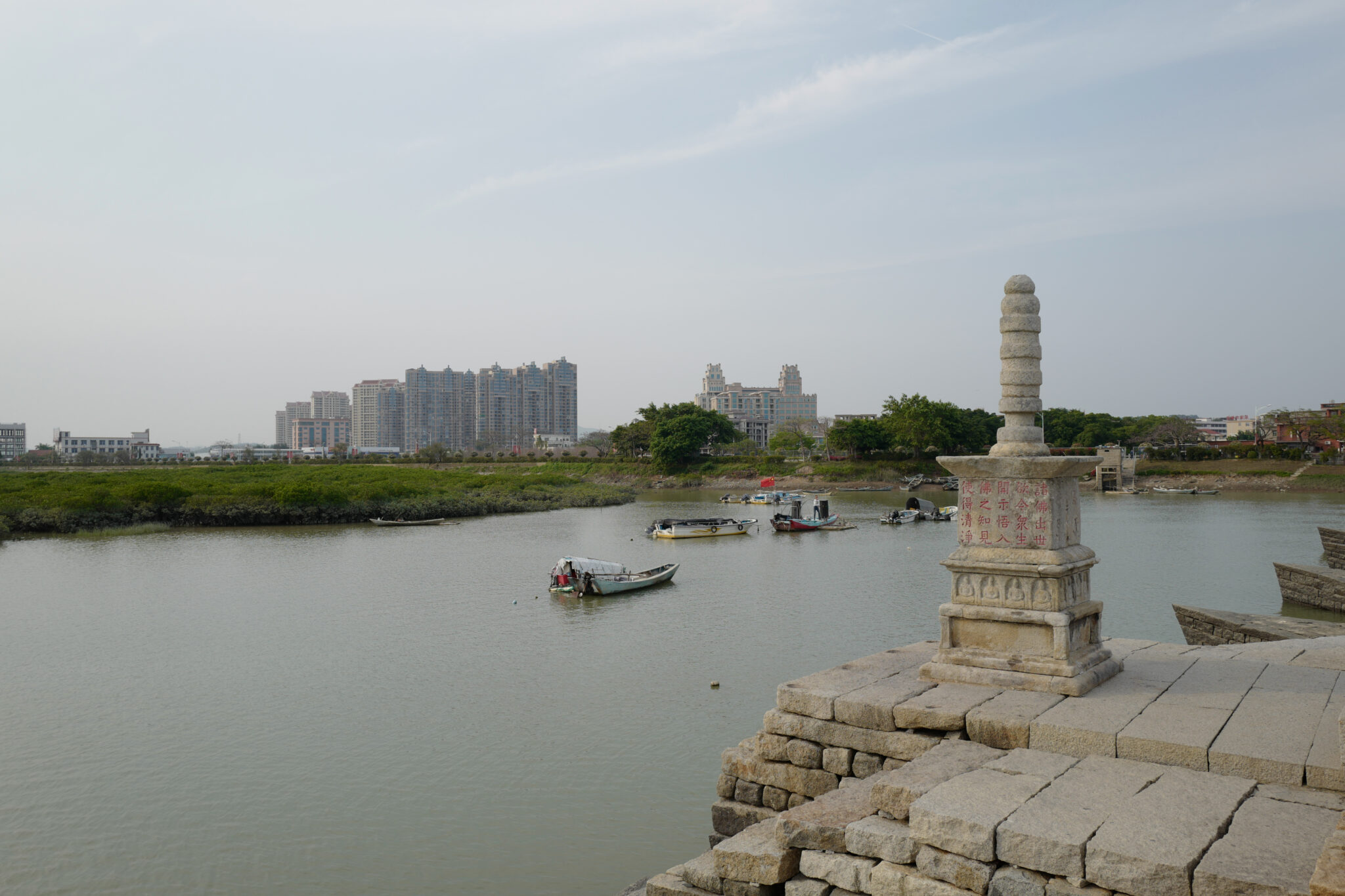
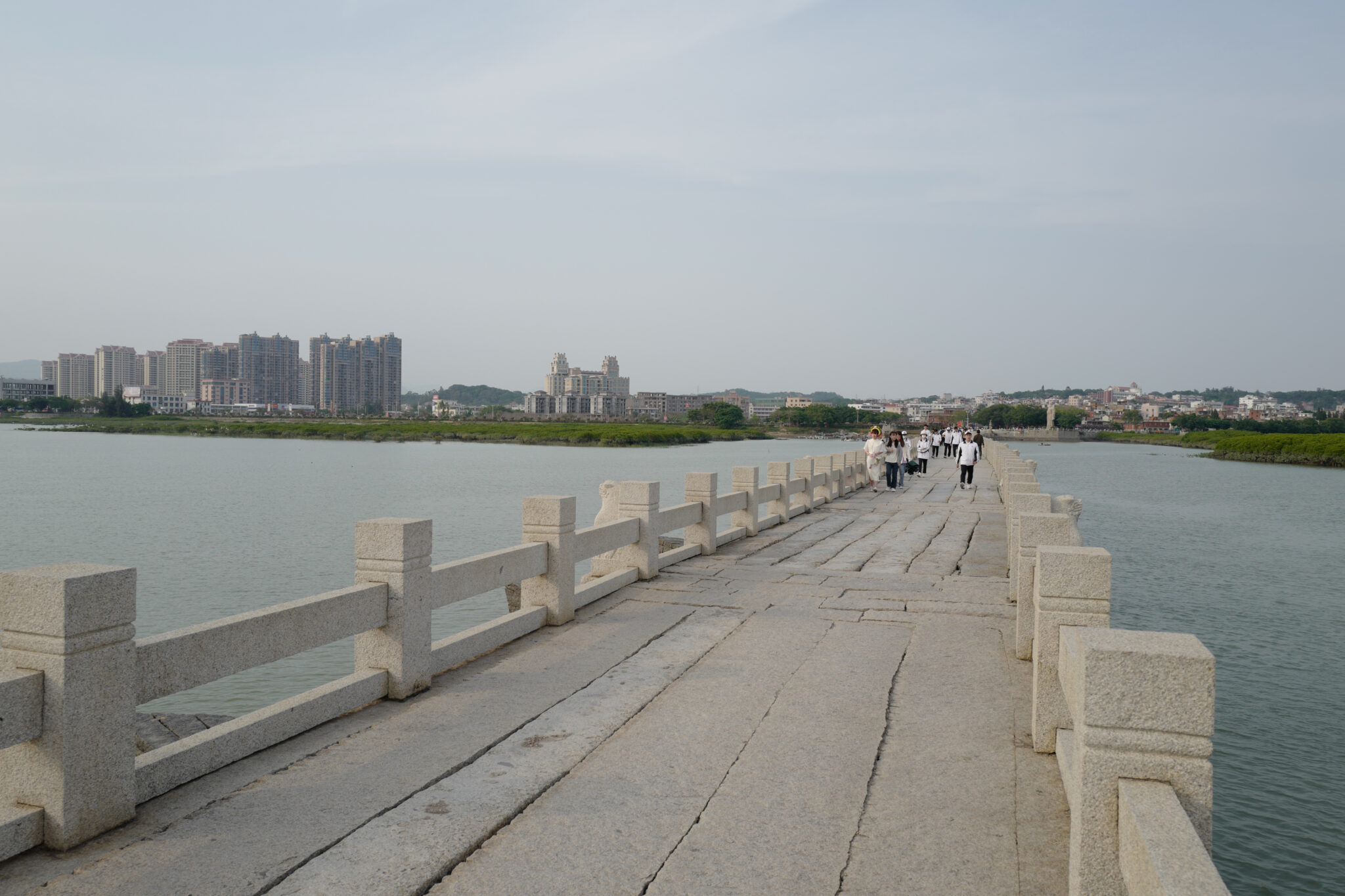
My favourite part – a man had anchored his boat parallel to the bridge and was belting out Chinese karaoke classics using an enormous speaker system. He even took requests from passersby!
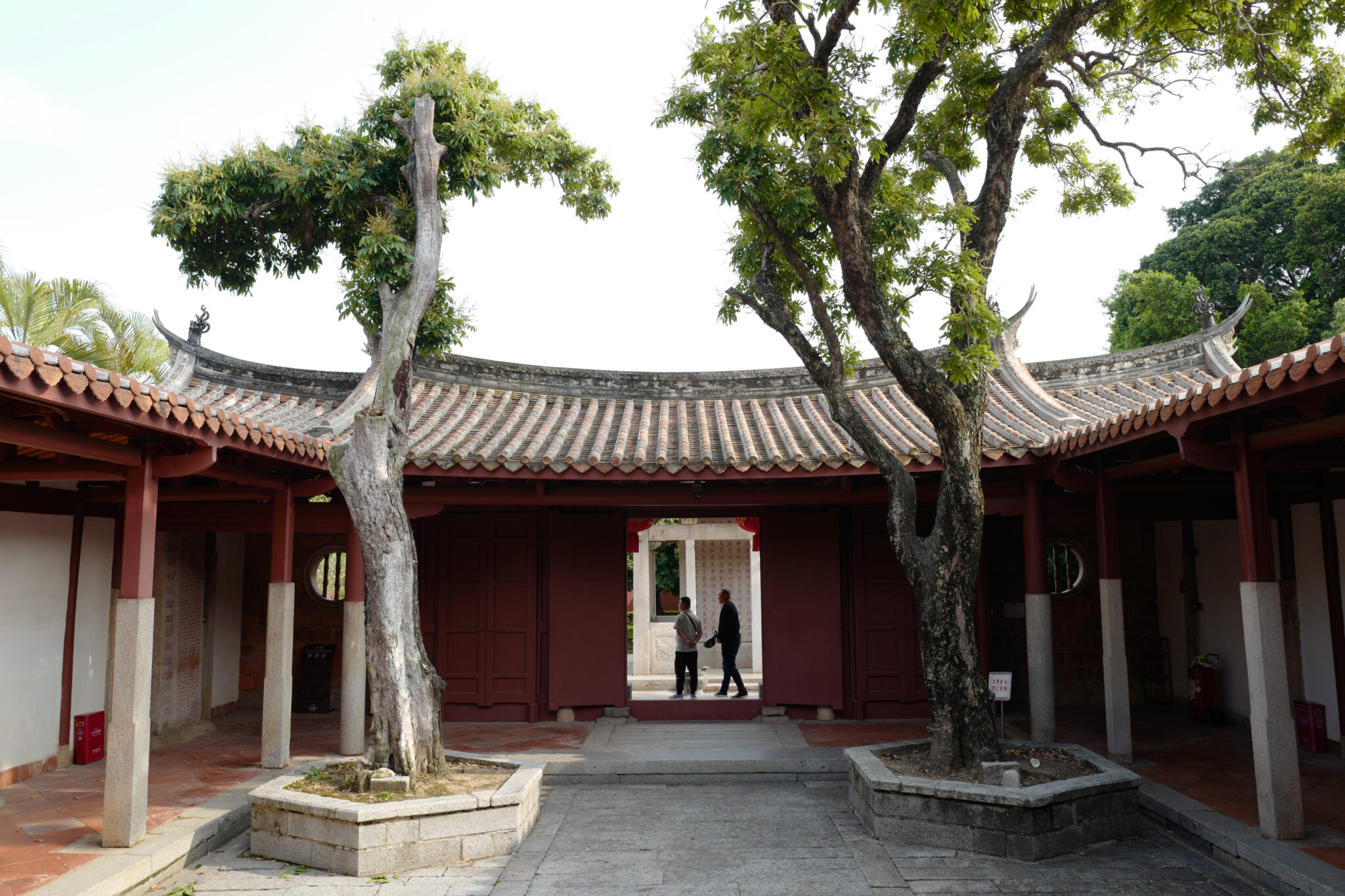
Zhonghui Ancestral Hall (忠惠蔡公祠) can be found 500 meters away from the south end of the bridge, which was built to commemorate Cai Xiang’s contribution to the construction.
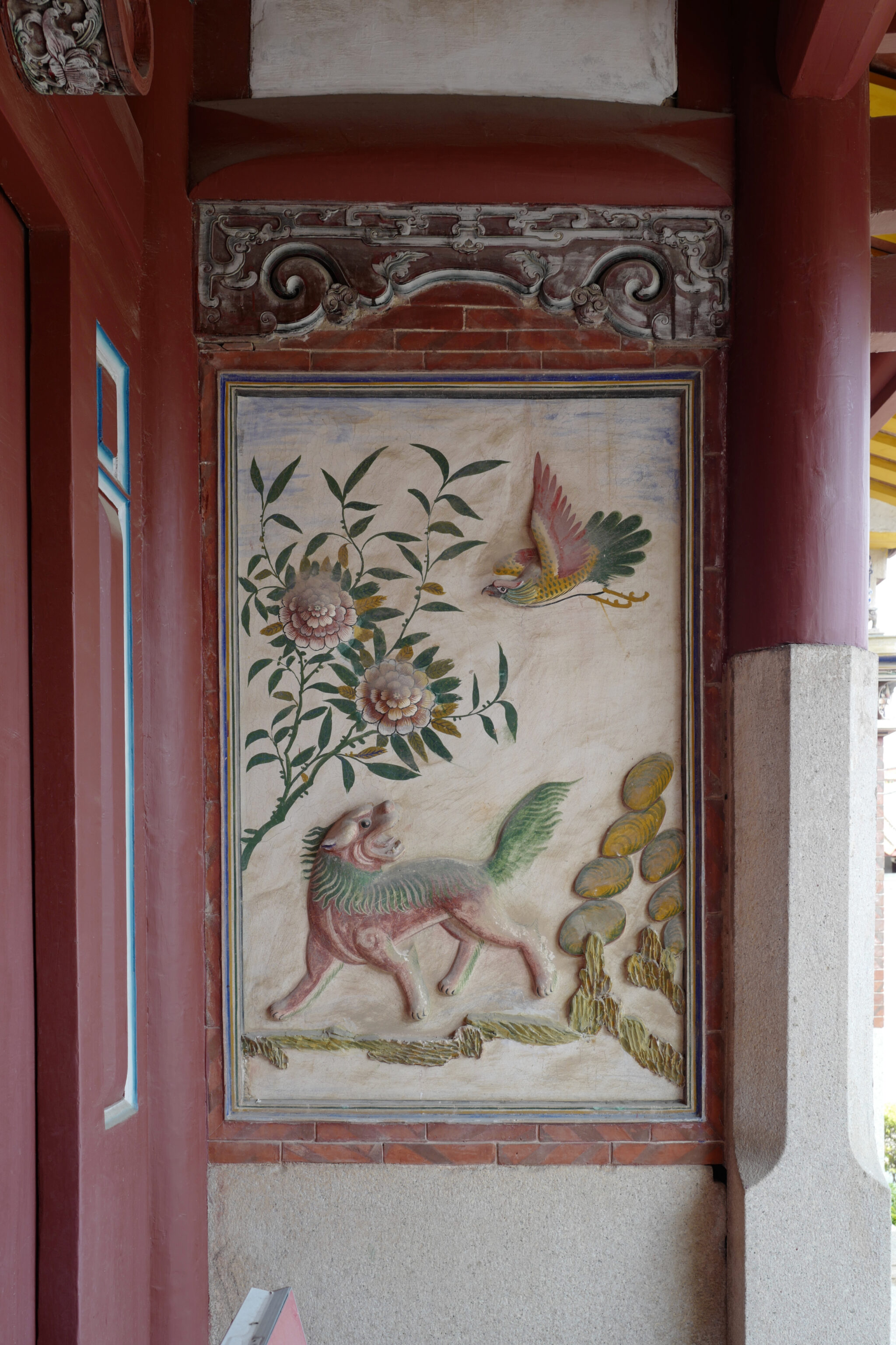
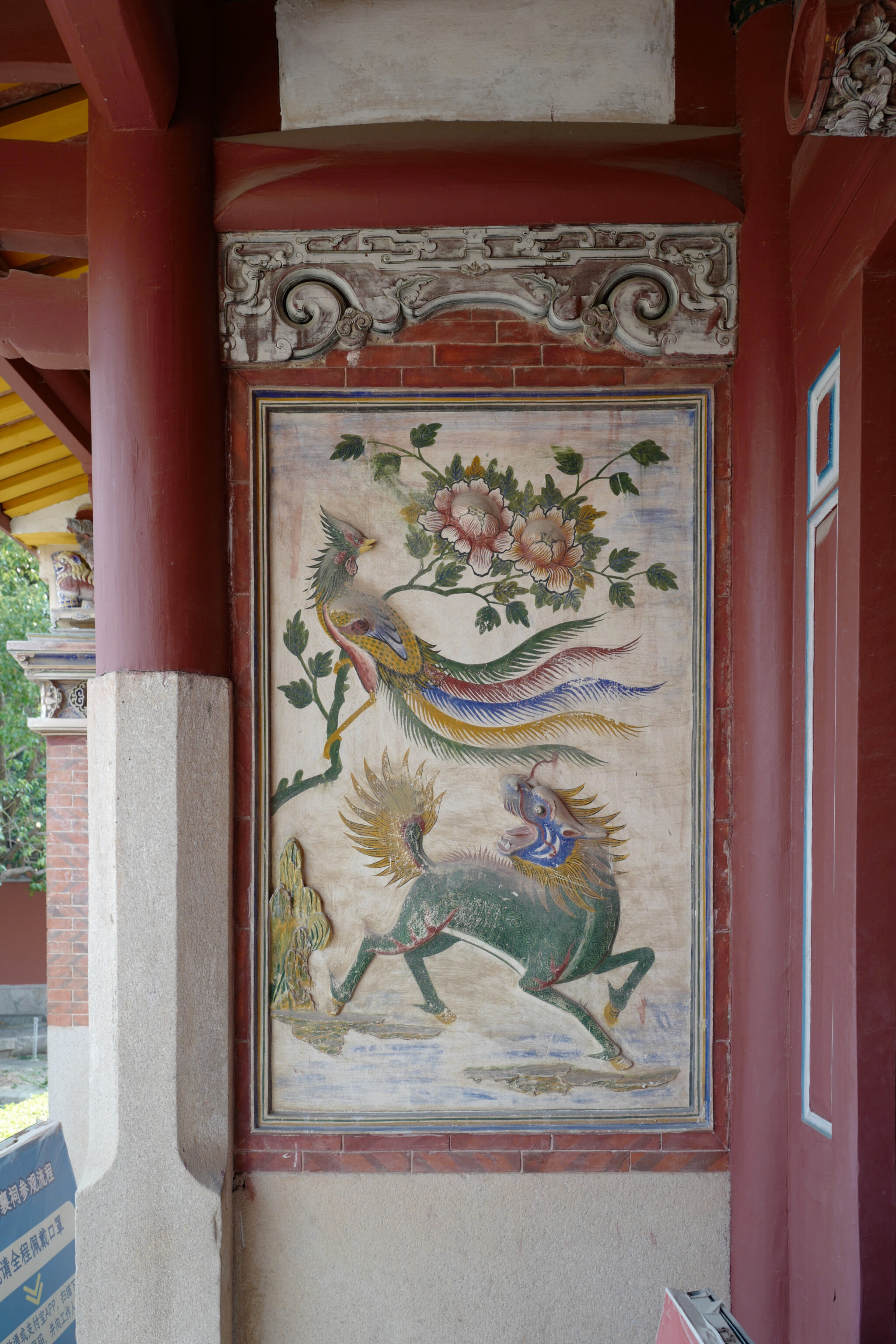

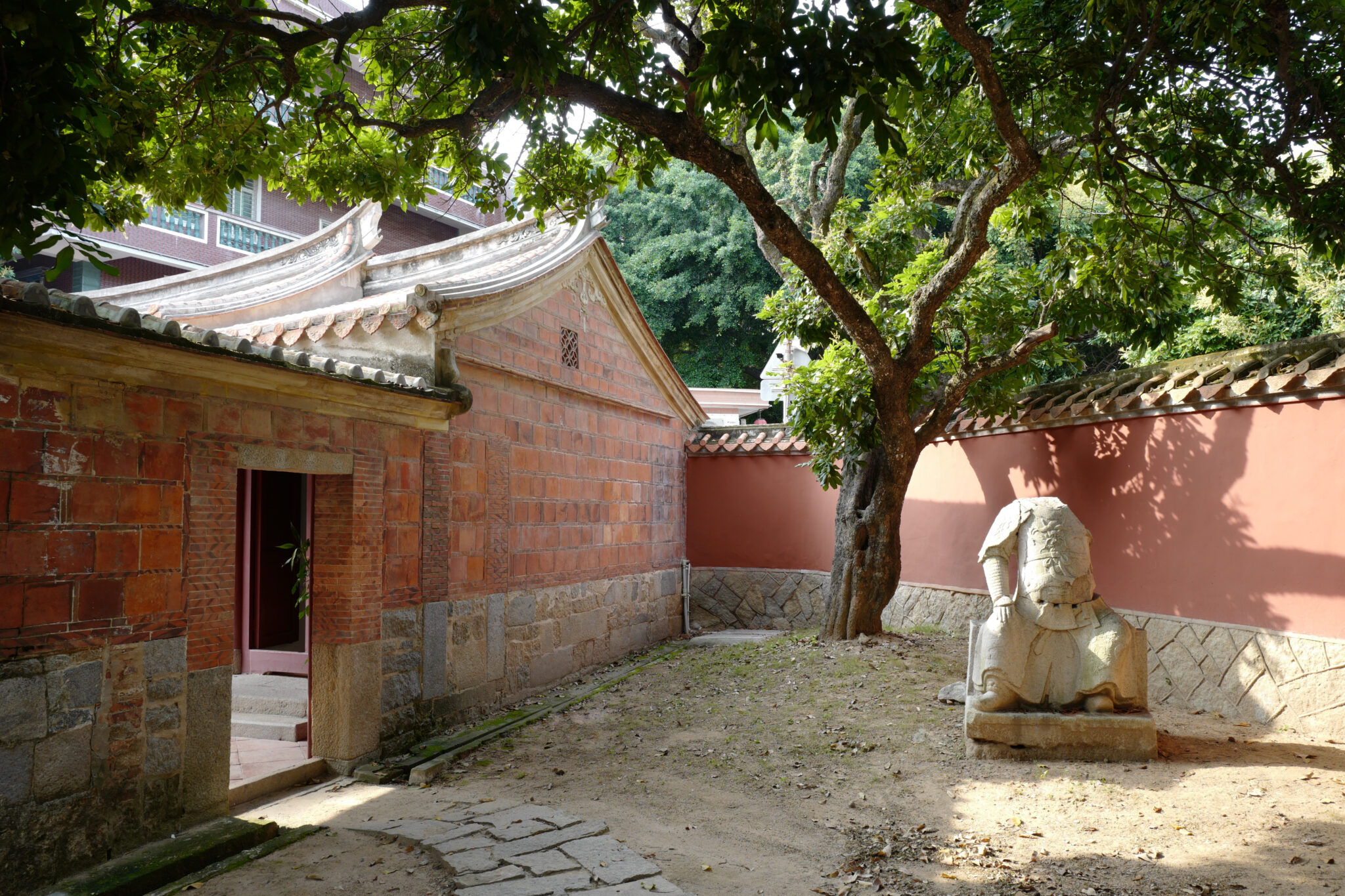
And so concluded our trip to Quanzhou. It was fascinating to learn about the multicultural history of the city and its role in the Maritime Silk Roads as well as visit some of the stunning ancient dwellings that still exist on the outskirts.

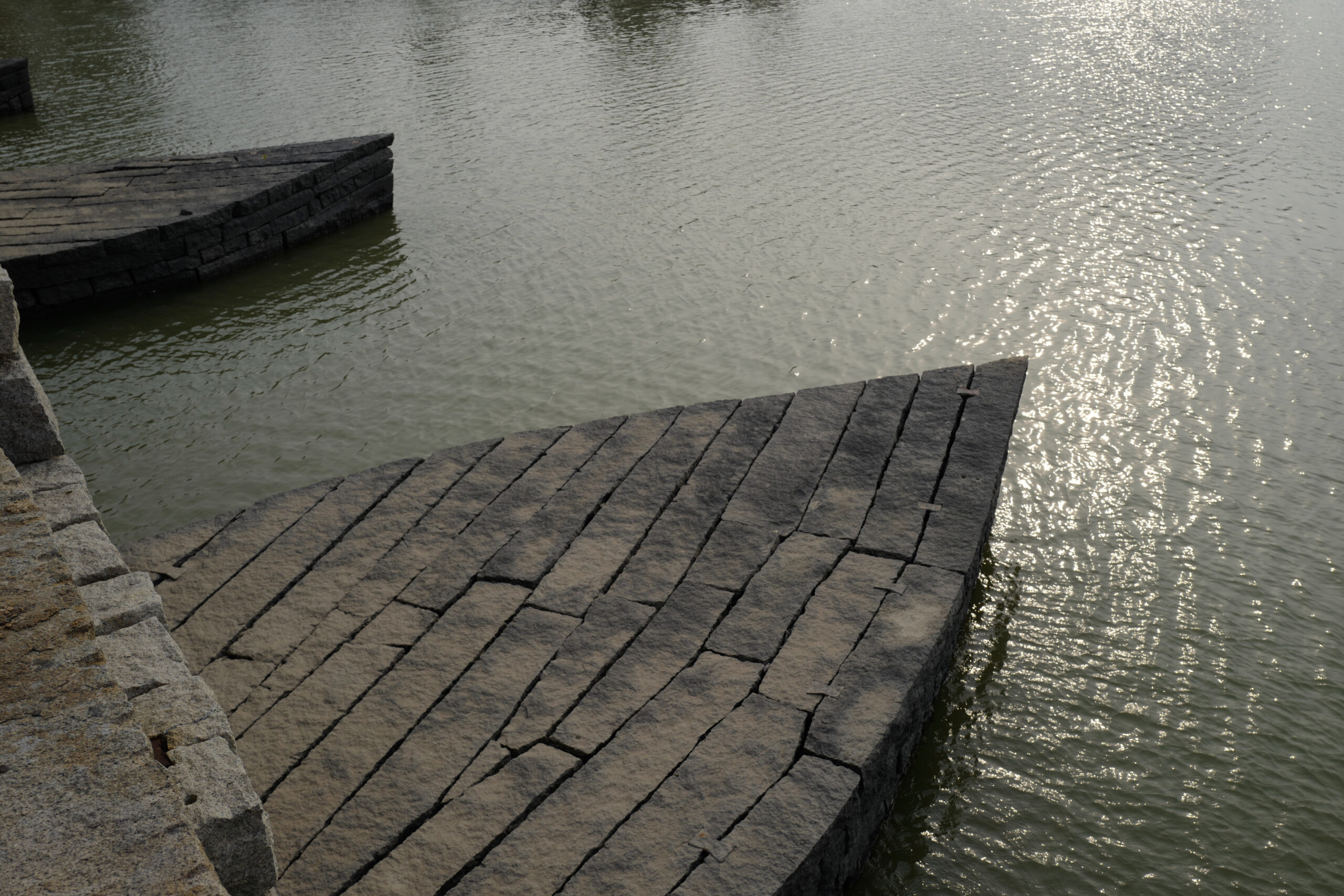
Reply